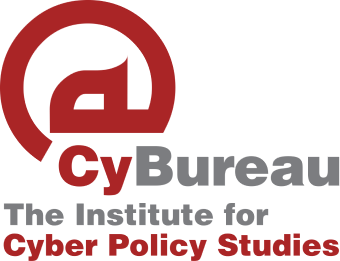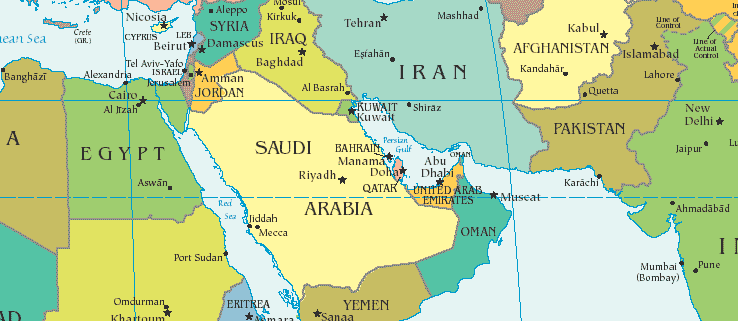The Metaverse in the Arab World
Virtual worlds are becoming more complex and more intertwined with the actual world. Hence, their influence on real matters is increasing. I am speaking about the programs and games in which users, represented by avatars of their choice, can create 3D environments and virtually forge any imaginable object in them.
One of the main instruments for this is Second Life (SL), accessible on the web since 2003, wherein users hold copyrights for anything they create in this virtual world and may therefore sell their creations for real money. Thus emerged a virtual economy, where real money is used to buy virtual products, and the link between the virtual and the real economies has become obvious and undeniable. Not only private users play the game. Companies too attain a foothold there, establishing virtual recruitment centers, colleges, embassies and even a bureau of Reuter’s news agency[1], covering virtual current events that occur in SL. Meetings and job interviews are also held online.
The extent to which virtual worlds have permeated ours is made evident by the fact that so far, SL has registered more than one billion hours of usage and more than one billion US dollars have been exchanged there in virtual commerce. The number of usage hours in the second quarter of 2009 was 33% higher than that of the same quarter in 2008. The virtual economy grew by 94% during that year. Users produce over 250,000 new products a day. The total area of virtual land created and the amount of texts and chats going through has also grown by dozens of percents. The average visit duration is 100 minutes[2].
The Arab World
Virtual worlds have reached Arab countries too, and are engaging various aspects of life there. First among them is Muxlim Pal – “The first Muslim virtual world providing a new kind of family friendly social online environment for your entertainment”[3]. In this virtual world drugs, alcohol, sexual behavior, murder and other crimes are prohibited. It is designed to better the communication and understanding between east and west, as well as to bring Muslim communities, especially in western countries, together. It is therefore aimed at a Muslim and non-Muslim audience alike.
There is also considerable and varied activity in SL, through 36 Arab “islands” erected there, such as the “Saudi Arabia Island” and the “Middle East Island”, each already visited by 25,000 users. These islands host meetings, social events, cultural events and business meetings, which, like other online conjunctures, are infeasible in the real Muslim world[4].
There are also religious activities (pilgrimage to Mecca[5], tours of famous mosques[6], sermons[7] and debates about religious issues[8]), demonstrations pertaining to the Palestinian-Israeli conflict[9], collection of donations to aid Gaza Strip residents[10] and even some demonstration by Iranians, in the aftermath of the presidential election there[11].
Other enterprises include a virtual Saudi Arabian airline[12], various cultural activities[13] and business collaborations with a view to expand the use of virtual worlds in the Middle East[14]. Users from many Arab countries have also been known to visit Red Light Center – a virtual venue for all sorts of sexual escapades[15].
The Infrastructure Holdback
In a survey held two years ago[16], Turkey and Israel were found to be the region’s leaders in SL usage, followed by Egypt, the UAE, and Saudi Arabia (in that order). It was surprising to find that Iran came in only eighth out of twelve in this survey, despite being a regional power as far as Internet penetration and proliferation is concerned. This was undoubtedly due to the stringent restrictions imposed by the Iranian government on Internet usage, including bandwidth limitation. But the usage rate also depends on the communications infrastructure.
Using virtual worlds is quite demanding; in order to install and run the SL application, for instance, your computer must meet certain operating-system, graphic-capabilities and processing-power requirements. It also necessitates a broadband connection.
According to this survey, only 1% of SL users are from the Middle East (about half the region’s general-user rate at the time), and the proportion of actual usage (in hours) was even smaller. This was due to the low number of broadband connections in the Middle and East and Africa – 2.55% of all connections, as at the time of survey[17]. This low percentage was a result of meager infrastructure and in some cases, of a deliberate government resolution. This accounts for the relatively low penetration and usage rates of virtual worlds in the Middle East.
Virtual Terrorism
Islamic terrorism has yet to be incorporated into the virtual worlds, but it is assumed that it will find its way there, chiefly because it makes it so easy to communicate, spread propaganda, transfer and even launder money, and all in different languages. Furthermore, Islamic terrorists tend to embrace and harness new technologies. It is, however, likely that until the communication infrastructure in the Middle East sufficiently ameliorates, terrorist factions will use virtual-world sites in western countries, where bandwidths facilitate access. These places may therefore be more convenient for virtual Islamic terror, but not for any real terrorism for the time being.
Nevertheless, there is an online group called the SL Liberation Army (SLLA), which wages war against the “hegemony” of the company that developed the program, employing, among other means, virtual terror attacks (bombings and shootings). There are also some individual users (“griefers”) who try, just for fun usually, to interrupt other users’ doings. It is assumed that they are not a part of any organization. Some, however, argue that just as the 9/11 hijackers practiced with flight simulators first, extreme Islamic factions practice in virtual worlds for their real attacks[18].
Virtual worlds are in many ways modeled after the real world and there is real money involved. Therefore, as broadband infrastructure develops in the Middle East and those virtual worlds become more accessible, we may expect Middle Eastern criminals and terrorists to use them more, and we might witness virtual terror attacks by Islamic fundamentalists.

